Some time ago I wrote about Italy’s terrible towns, in response to Sean Thomas’s article of the same name over at The Spectator. These are the places where outlaws seem to rule - one of the most famous is Corleone, not very far from Palermo. But there is another type of ghastly place with which people might be more familiar, the places that have been overrun with tourists. The worst without a doubt is Venice, which has lived off tourism, and nothing else, for over three hundred years. There are no real people left in Venice, only trippers; there are no real shops, just places selling tourist tat; in the height of the season the narrow alleys and bridges are as crowded as the corridors of the London Underground; and forget about taking the vaporetto or having a cup of coffee in Florian’s - both are ridiculously expensive.
As with Venice, so with Florence and so with Rome and more recently Naples. Rome, in the thirty years I have known it, has changed beyond recognition. The buildings are all there, but the people are gone. If you want to go to Rome, you have, sadly, left it too late. But fear not, there are still some wonderful places left to go to, and here is a list of Italy’s wonderful towns, which is by no means exhaustive, some of which you may not even have heard of.
Forlì in Emilia Romagna was a fine medieval town, if unremarkable, until a not quite native son, Benito Mussolini, decided to lavish his attentions on it. The result is the highest concentration of great 20th century buildings on the Italian mainland. It is completely off the tourist trail, and the food is excellent. Being a city on the plain it can be quite cold in mid-winter. It is half an hour from Ravenna, which is overrun, but can be explored from Forlì.
Turin is possibly the world’s finest eighteenth century city, French in atmosphere, the creation of the francophone Savoy dynasty. Its baroque architecture is rather different from cities further south, restrained, but the more dramatic for that. Some of the greatest churches in Italy are here. The food is outstanding, and it has a good opera house.
Trieste is a nineteenth century city with a much older core; it only became Italian in 1918, and is a world away from the rubbishy 19th century architecture that bedevils Rome. The cathedral is ancient, and once more the food is great, though the wind is terrifying.
Orvieto in Umbria is surprisingly not much visited, but if heaven came to earth, this would be it. It is an hour from Rome, and a world away from the chaos and filth of the capital.
Assisi, also in Umbria, is full of pilgrims at weekends, but during the week, off season, and especially at night, rather deserted. This is the city that Saint Francis prayed would always be a gateway to heaven for all people. His prayers have been answered. It boasts the finest medieval art and the finest medieval town core in Italy, and probably the world. The restaurants are not much cop, so take sandwiches or go self-catering.
Reggio di Calabria was destroyed by an earthquake and tsunami in 1908, so it is a completely 20th century town. It is built entirely of concrete - don’t laugh - which has often led to exuberant decoration. The Cathedral is hideous, but the town repays careful visiting, and its position on the strait of Messina is spectacular. Home the the bronzes of Riace, a world class must see. Also home to the bergamot. The food is a revelation; great regional cuisine.
Across the strait lies Messina, a very fine twentieth century town, with a reconstructed Cathedral. But by this time we are in Sicily, where the Sicilians live, and really in every town you visit, there will be something to see, something to do, and something memorable to eat. But of all towns, let me single out Catania, for its architecture, its people, its food and its great soul, which remains unsold. Catania is packed, especially during the fest of Saint Agatha, with people from the town, many returnees from other parts of Italy and Europe, all of whom belong there, all of whom love it there. It is not Venice, it is real, and it pulses with life. Catania is a beautiful woman with whom you fall in love, whatever her uncertain temper!




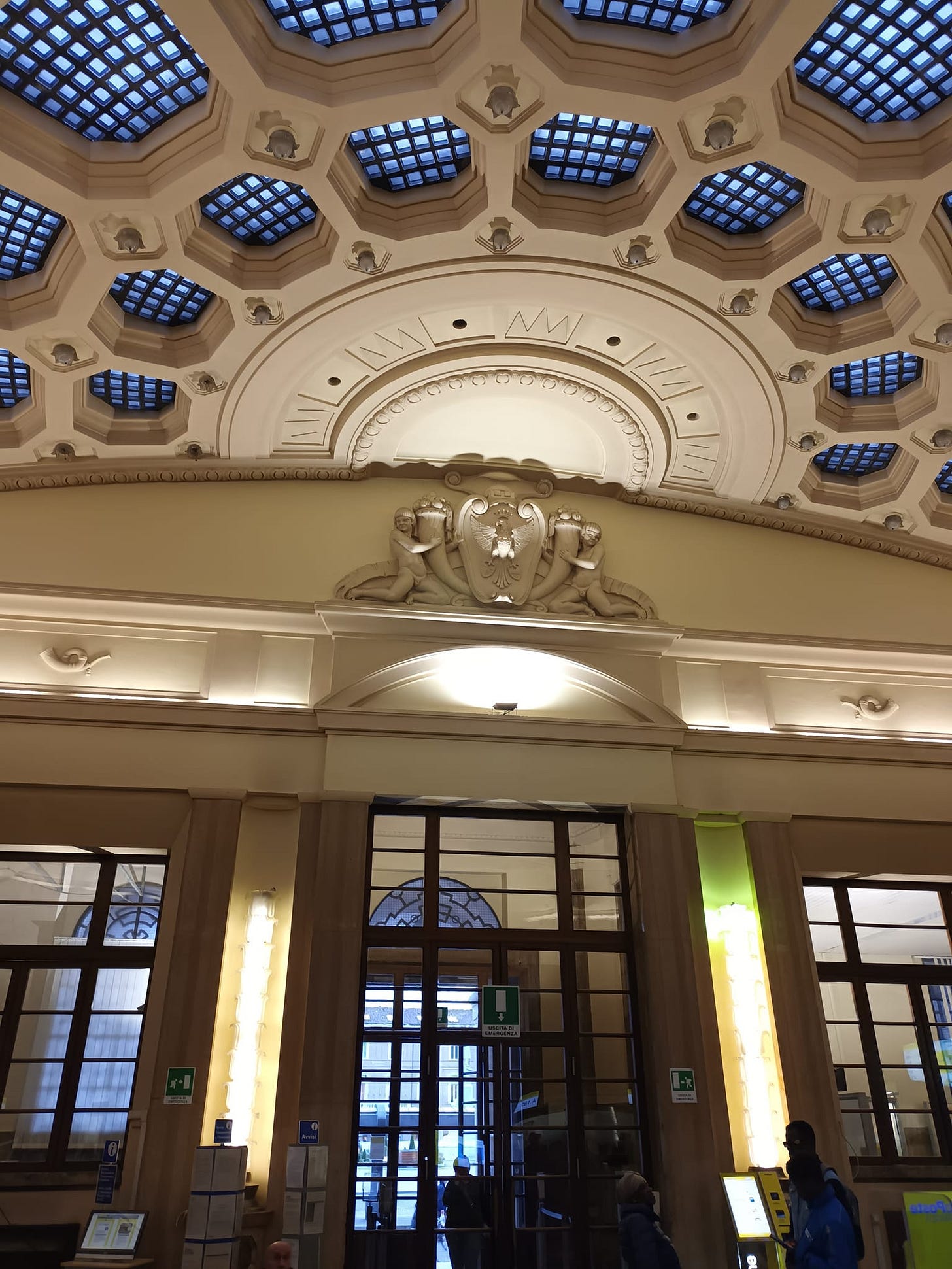
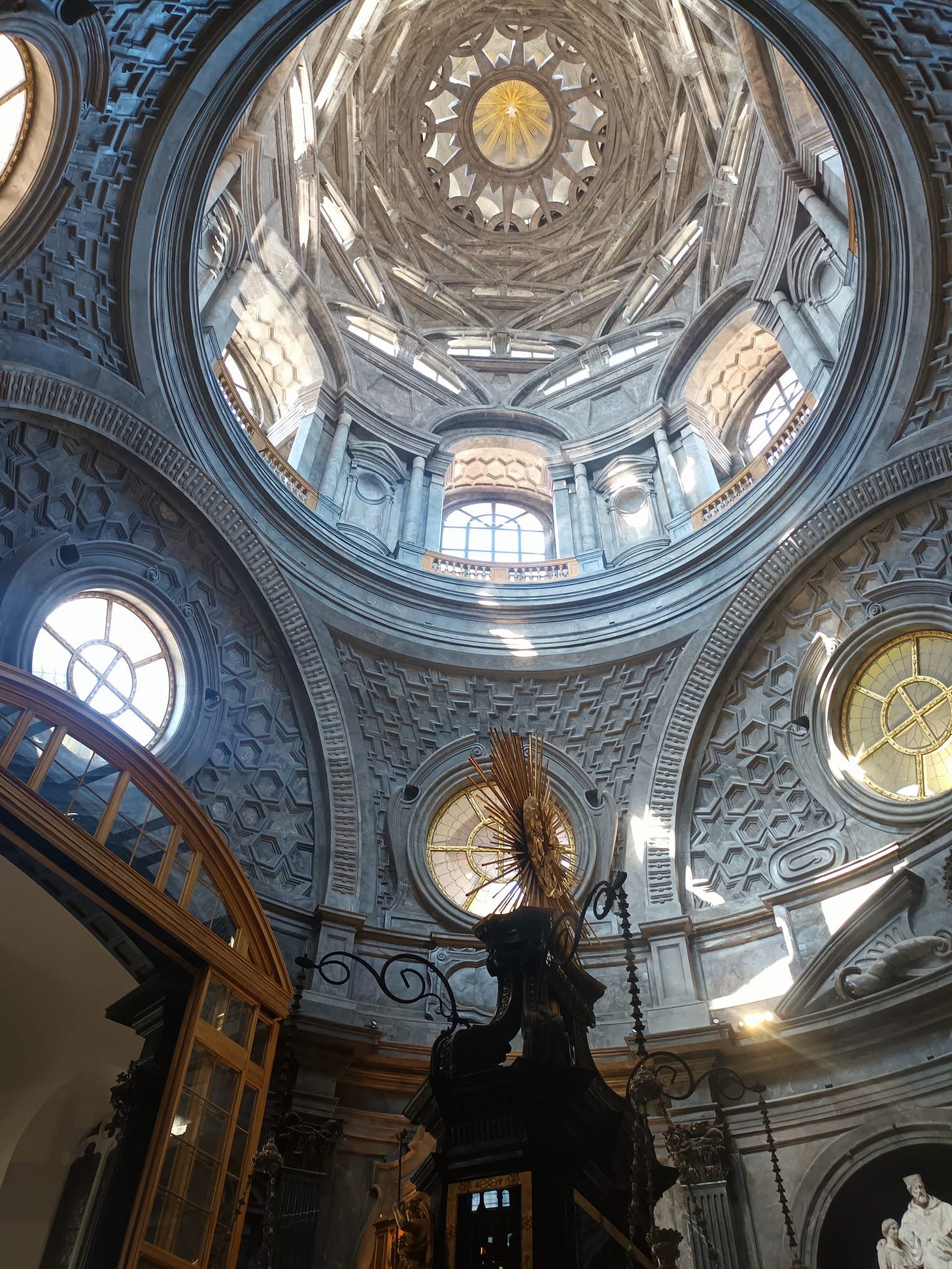
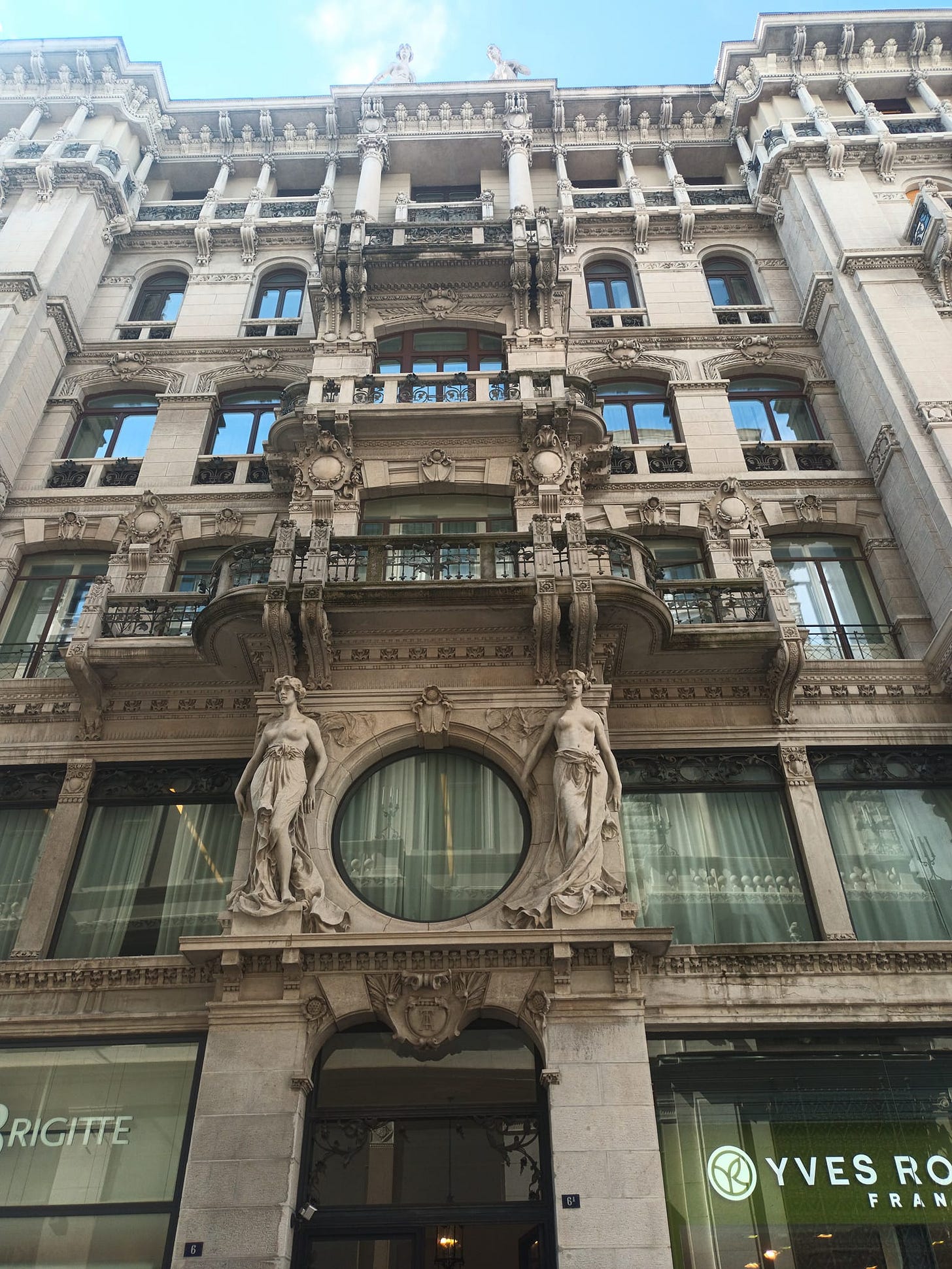
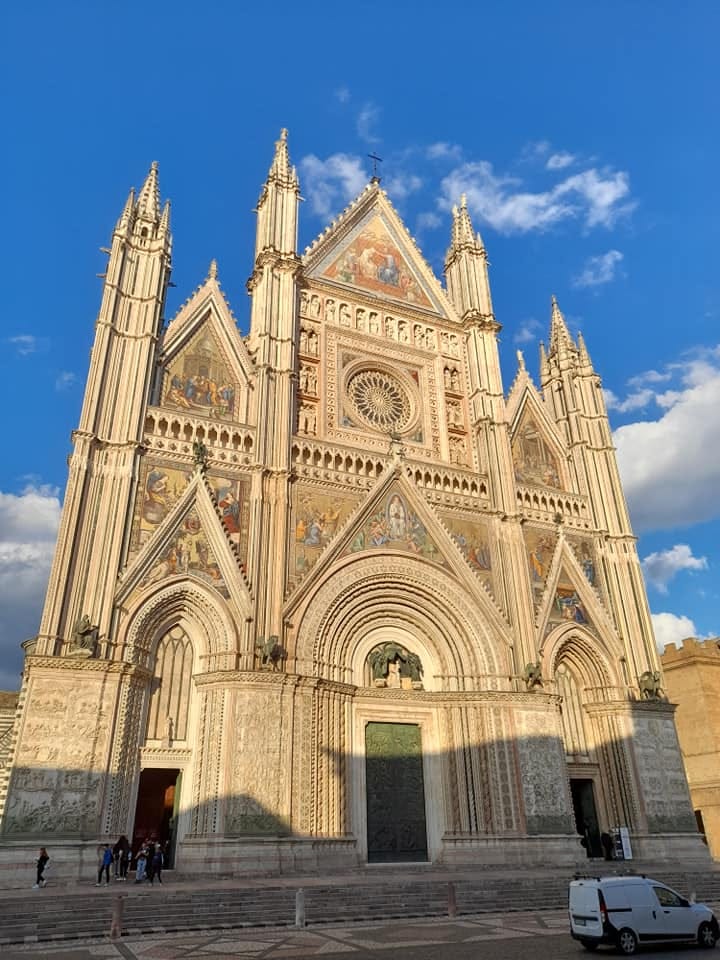
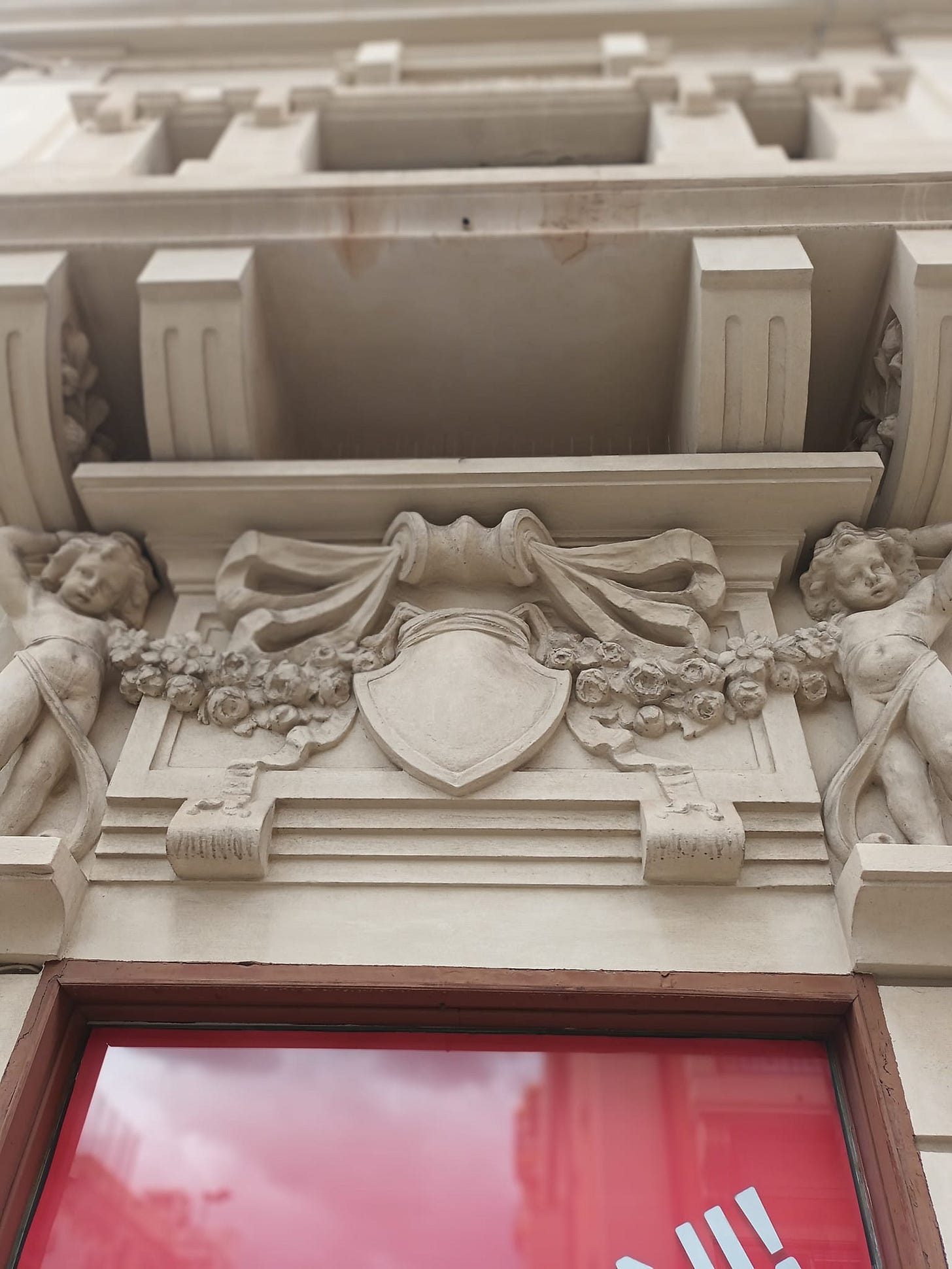
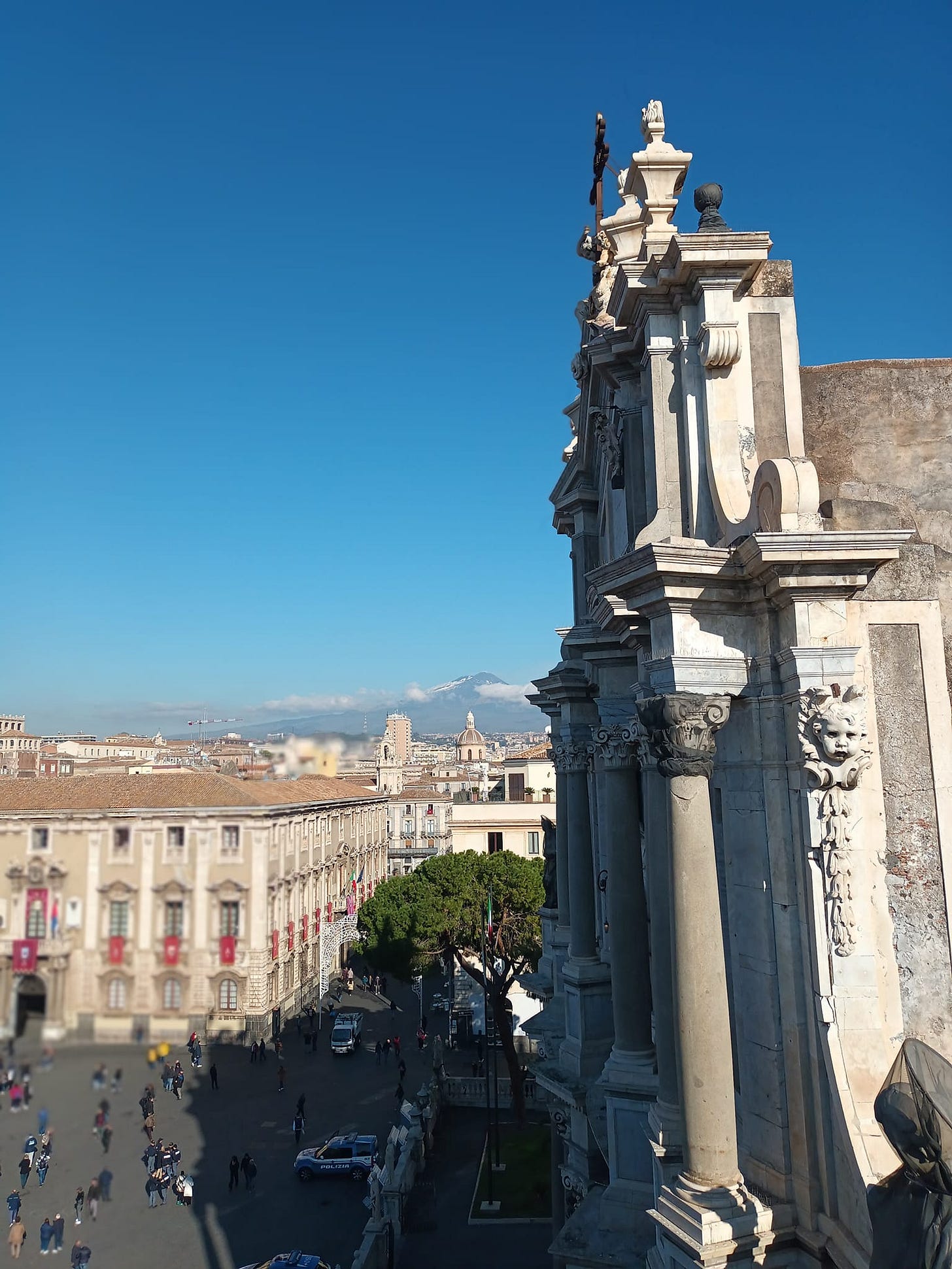
I love Torino. I went there for the first time last year in September after visiting the wine towns of Piemonte. It is not at all touristy and the food is marvelous. Because it isn’t a tourist trap, prices for hotels and restaurants were reasonable. I agree that Rome is not the same. I think the locals are gone. I never used to struggle to find a good restaurant in Rome for every year that I go back, it gets more difficult. I used to enjoy shopping in Rome, but no longer. I think Milan is much better for shopping.
Thanks for that one! And the others suggest by other commenters. We all love Italy but ... the tourist industry is destroying the country.